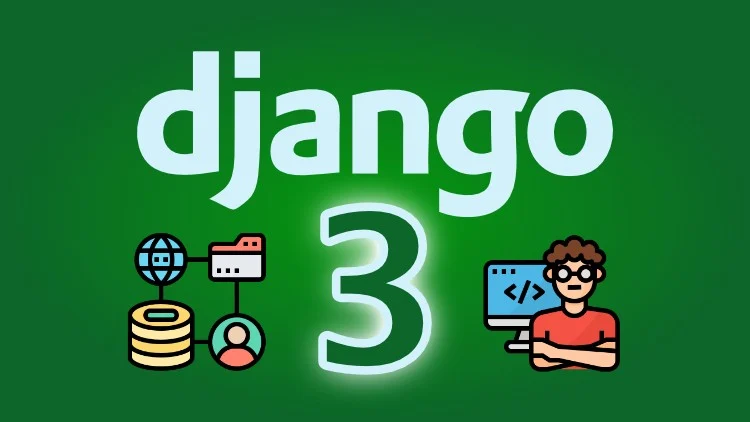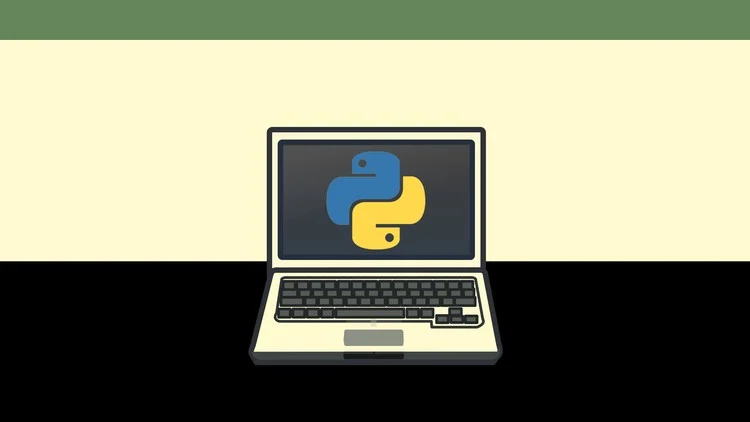Description
Single Page Applications (SPAs) offer dynamic, fast, and seamless user experiences, making them a popular choice for modern web development. In this course, you’ll learn the fundamentals of SPAs, including their architecture and how they differ from traditional web applications. You’ll explore frameworks like React and Angular to build interactive, responsive, and scalable SPAs. The course includes hands-on projects where you’ll create SPAs from scratch, implement routing, and manage state effectively. By the end, you’ll have the skills to design and develop SPAs that deliver exceptional performance and usability, making you a sought-after web developer in the industry.
Syllabus
Course Syllabus:
Module 1: Introduction to Single Page Applications (SPAs)
- Lesson 1: What are Single Page Applications?
- Overview of SPAs and how they work.
- Comparison with traditional multi-page websites.
- Benefits and challenges of SPAs (performance, SEO, and development complexity).
- Lesson 2: Key Concepts of SPAs
- Understanding client-side routing, JavaScript-driven interfaces, and dynamic content loading.
- Examples of popular SPAs (e.g., Gmail, Facebook, Twitter).
- Lesson 3: Architecture of an SPA
- Overview of the architecture (frontend vs. backend separation, API-driven development).
- How SPAs work with RESTful services or GraphQL.
Module 2: Setting Up Your Development Environment
- Lesson 4: Installing Node.js and npm
- Introduction to Node.js, npm (Node Package Manager), and their role in SPA development.
- Installing and setting up your local development environment.
- Lesson 5: Project Structure for SPAs
- Organizing files and directories for a scalable SPA.
- Basic build tools (Webpack, Babel) and why they are important for SPAs.
- Lesson 6: Using Create-React-App, Vue CLI, or Angular CLI
- How to set up a basic SPA project using tools like
create-react-app, vue-cli, or angular-cli.
- Overview of the default project structure and files generated by these tools.
Module 3: HTML, CSS, and JavaScript Refresher
- Lesson 7: HTML for SPAs
- Structuring the HTML layout for a modern SPA.
- Understanding the role of the
index.html template and mounting the JavaScript application.
- Lesson 8: CSS for SPAs
- Managing styles in SPAs: using CSS, SASS, or CSS-in-JS libraries (e.g., styled-components for React).
- Handling dynamic styling with JavaScript.
- Lesson 9: JavaScript and DOM Manipulation
- Understanding JavaScript’s role in SPAs.
- Basic DOM manipulation and event handling in an SPA environment.
Module 4: JavaScript Frameworks and Libraries for SPAs
- Lesson 10: Introduction to React
- Basic concepts: components, props, and state in React.
- Setting up a React-based SPA.
- Lesson 11: Introduction to Vue.js
- Understanding Vue.js basics: components, directives, and the Vue instance.
- Setting up a Vue.js SPA.
- Lesson 12: Introduction to Angular
- Basics of Angular: modules, components, and services.
- Setting up an Angular SPA.
- Lesson 13: Component-Based Architecture
- Why and how component-based architecture is used in modern SPA frameworks.
- Understanding the role of reusable components in maintaining clean and scalable code.
Module 5: Routing in SPAs
- Lesson 14: Dynamic Routing in SPAs
- Overview of client-side routing: how SPAs update the URL and display different views without reloading the page.
- Using
react-router (for React), vue-router (for Vue), or Angular’s built-in router.
- Lesson 15: Managing Navigation and Routes
- Handling routes, dynamic paths, and nested routes.
- Using programmatic navigation and route guards for protected routes.
Module 6: State Management in SPAs
- Lesson 16: Introduction to State Management
- What is state, and why is it important in SPAs?
- The difference between local and global state.
- Lesson 17: State Management with Redux (React)
- Setting up Redux to manage global state in a React SPA.
- Actions, reducers, and the Redux store.
- Lesson 18: State Management with Vuex (Vue.js)
- Introduction to Vuex for state management in Vue applications.
- Creating and managing the store, actions, mutations, and getters.
- Lesson 19: State Management in Angular
- Using Angular services and NgRx for state management.
- Managing state with observables and Redux-style patterns.
Module 7: Handling Form Data and Validation
- Lesson 20: Form Handling in SPAs
- Creating and managing forms in React, Vue, or Angular.
- Working with controlled vs. uncontrolled components (React).
- Lesson 21: Client-Side Form Validation
- Implementing client-side form validation techniques.
- Using libraries like
Formik (React) or built-in solutions (Vue, Angular).
- Lesson 22: Submitting and Managing Form Data
- Sending form data to APIs (using
fetch or axios).
- Handling errors and success responses after form submission.
Module 8: Making API Calls in SPAs
- Lesson 23: Introduction to Asynchronous JavaScript
- Understanding asynchronous operations and how they work in SPAs.
- Using
async/await, fetch, and axios to make API calls.
- Lesson 24: Fetching Data with REST APIs
- Working with RESTful APIs: sending GET, POST, PUT, DELETE requests.
- Parsing and displaying data in your SPA.
- Lesson 25: GraphQL Integration
- Introduction to GraphQL: querying and mutating data.
- Setting up a GraphQL client and integrating it into your SPA.
Module 9: Optimizing Performance in SPAs
- Lesson 26: Code Splitting and Lazy Loading
- How to use code splitting and lazy loading to improve initial load time.
- Tools and techniques for optimizing large SPAs.
- Lesson 27: Performance Optimization Techniques
- Minimizing re-renders and optimizing state updates.
- Using memoization and shouldComponentUpdate in React.
- Lesson 28: Caching and Service Workers
- Implementing caching strategies and service workers for offline support.
- Using Progressive Web Apps (PWAs) to improve performance and offline experience.
Module 10: Security Considerations in SPAs
- Lesson 29: Security Risks in SPAs
- Understanding and mitigating XSS (Cross-Site Scripting) and CSRF (Cross-Site Request Forgery).
- Preventing malicious attacks and ensuring secure API communication.
- Lesson 30: Implementing Authentication and






Danladi –
“This ‘Building Single Page Applications (SPAs)’ course is a game-changer! The expert instructor guides you through every aspect of creating complex SPAs, empowering you with a comprehensive understanding of modern web development. The hands-on projects and interactive exercises provide a practical and engaging learning experience, ensuring you master the latest techniques and best practices. I highly recommend this course for anyone looking to expand their skills in this rapidly growing field.”
Abiodun –
“Building Single Page Applications (SPAs)” is an exceptional online course that empowers developers to create dynamic, engaging web applications. The comprehensive curriculum and expert instructors provide in-depth knowledge on modern SPA frameworks such as React and Vue.js. Through hands-on projects, I gained practical experience in designing, building, and testing SPAs. The interactive platform fosters an engaging learning environment, allowing me to connect with fellow students and instructors for real-time support. Highly recommended for developers seeking to enhance their SPA development skills.”
Rufai –
“I highly recommend the ‘Building Single Page Applications (SPAs)’ course. The content was well-structured and up-to-date, providing me with a thorough understanding of SPA development. The hands-on exercises and interactive quizzes were invaluable in solidifying my knowledge. The instructor was engaging and knowledgeable, always willing to answer questions. This course has significantly enhanced my skills and confidence in building robust and responsive single-page applications.”
Onyinyechi –
“As someone new to the world of SPAs, I found this course to be an invaluable resource. The clear explanations and engaging hands-on exercises guided me through every step of the development process, empowering me to build functional and visually appealing SPAs. The course not only deepened my technical understanding but also provided practical insights that have enhanced my development workflow.”